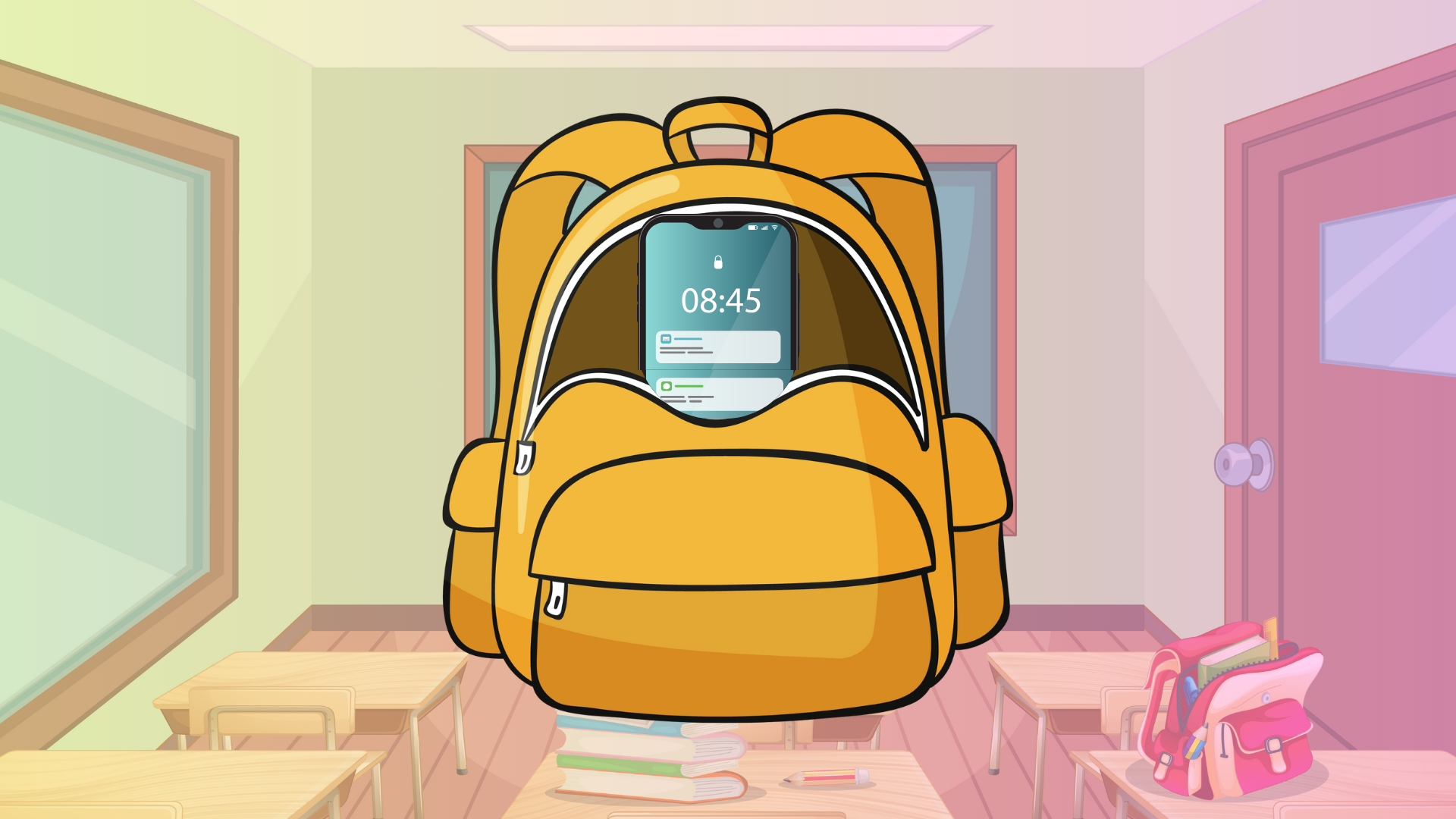According to a study done by the University of Michigan, a teenager receives around 200 notifications on their phone a day. That is 200 buzzes, 200 moments interrupted and 200 times that a teenager was trained to break their focus and open their phones.
This summer, legislature passed in Ohio created new rules regarding cell phone use in classrooms. Bill 250 required schools to have an official cell phone rule based off of Ohio’s model policy. The restrictions are meant to foster more focus and boost academics in schools. The policy has been with students for a month and throughout Hayes, things have changed.
The rules at Hayes started being enforced within the first full week of school. The policy is that cell phones must be put away while in class but still may be used in the hallways and at lunch. The administration’s goal with the policy was to keep students involved in their classes.
“Academically, I just saw classrooms that are not engaged,” Principal Rex Reeder said. “The academic periods need to be academic and shouldn’t have a focus on phones.”
According to the National Institute of Health, cell phones are harmful and addictive to adolescents. If kids aren’t allowed to drink or smoke while at school, should phones be allowed as well?
So far, teachers are already seeing a difference in involvement from past years. The restrictions seem to be increasing focus on academic work.
“Students are more engaged during the period because they’re not trying to hurry through work to get their phones out,” Biology teacher Jane Kovatch said.
The punishments for phone usage start with a referral to the principal and can lead to detention. According to Reeder there haven’t been many problems so far, partly because students are seeing differences with the new policy as well.
“I see myself locking in during school and focusing on actual schoolwork other than seeing a notification pop up and immediately clicking it,” junior Ferah Clark said.
Reeder mentioned that even without the state enforcing it, Hayes was already on the track to more cell phone restrictions. He also pointed out that in the past, there haven’t been enough district computers to go around, so it made sense for students to use their phones. Not anymore.
““[Phones] are a big part of everybody’s lives today, that’s why I respect the students’ need for them,” Reeder said.
Students don’t seem to be too bothered by the new policy, which may be because of the freedom of phone usage in non-academic times of the day. However, Reeder and other administrators have warned that if cell phones start to be a problem again, there may be even more restrictive rules put in place.
Some students are bringing these skills outside the classroom. Clark goes to DACC for half the school day and though there aren’t any cell phone restrictions, she still abides by the rules set at Hayes.
“I’m still following through with the cell phone policy [at DACC],” Clark said. “I’m realizing how important getting your schoolwork done is.”
There are no signs of the restrictions stopping anytime soon. Along with some students having a positive outlook on the policy, Hayes may see a change in students’ performance throughout the school day.
“The classroom has to be taken back,” Reeder said. “[Students] haven’t been trained [against their phones], so it’s not [their] fault.”










